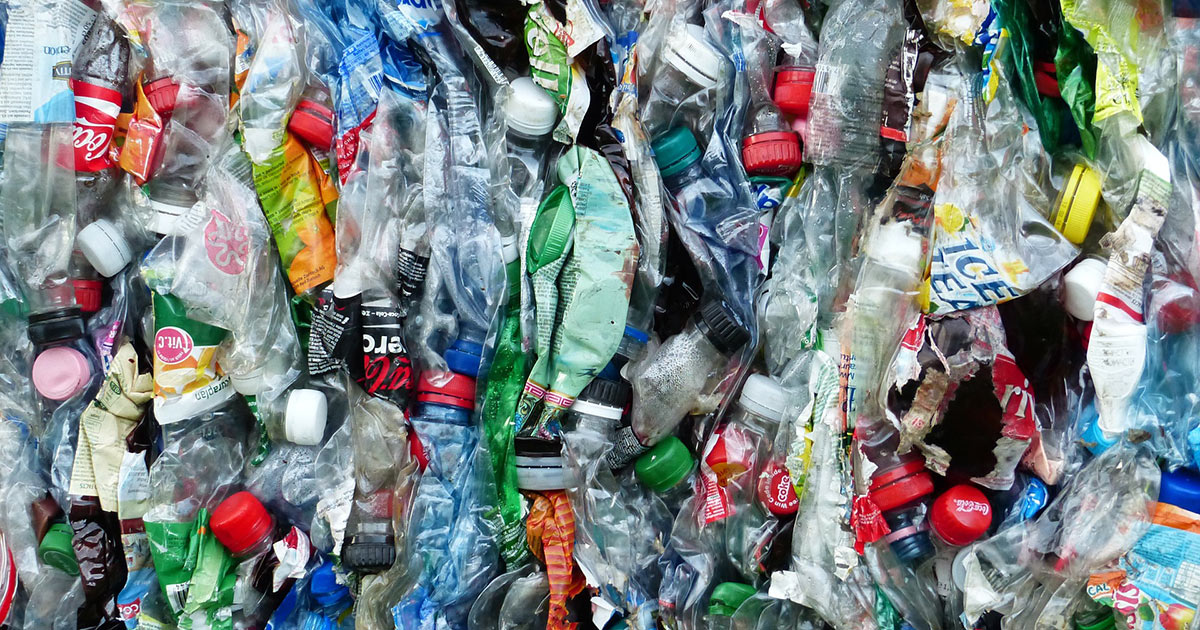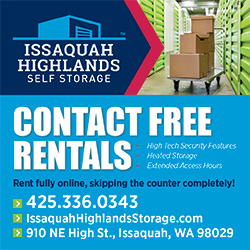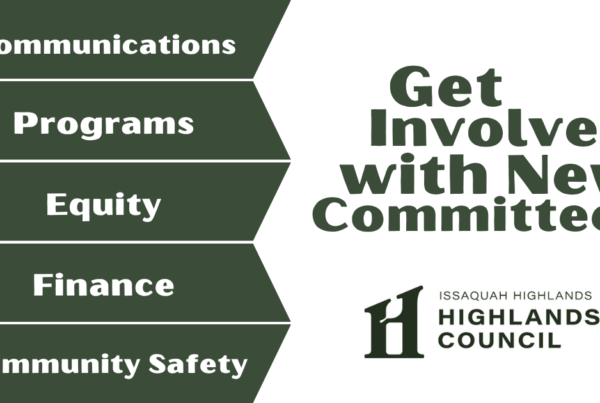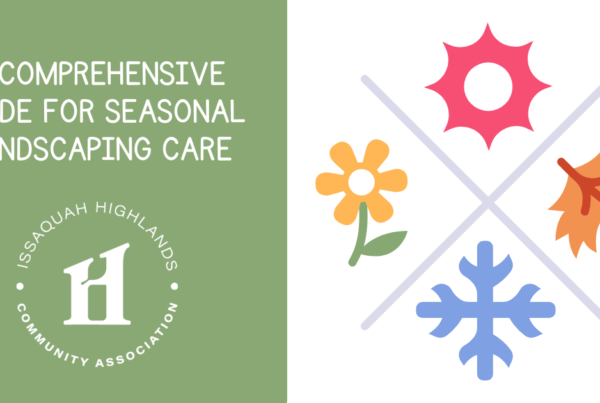
When my family decided to reduce our waste at home, our first step was to learn how to throw things away properly. After doing some research, we learned recycling is not the only solution to waste reduction, and there are several things to do before even consider recycling.
Pre-Recycling
It all starts with buying less and buying smart. Pre-recycling is the practice of avoiding waste before it’s created. If we think about how something will end up before buying it, we can positively impact the planet and our wallets.
As pre-recyclers, we practice the habit of asking questions like:
-
- Is this really broken?
- Do I really need it?
- Can I borrow it?
- Can I rent it?
- How many times will I use it?
- How and where will I throw it away when I no longer need it?
- Can I find an alternative using what I already have?
When we buy something and bring it into our house, at some point it will have to go out of the house, usually as waste. How can we keep this waste under control?
Here are the three things you can do before recycling:
- Refuse (what you do not need)
The best waste is the kind we do not produce. Asking questions is a great way to reduce unnecessary items in your home. It is a family matter; we can teach our kids to politely decline when offered unnecessary freebies or help them find useful goodies to put in their next birthday goodie bags.
Think about packaging and make choices that have a more eco-friendly ending, like buying mayonnaise in glass jars instead of plastic. - Reduce (what you do need and cannot refuse)
Focus on quality versus quantity. Consider what you once thought you needed but did not use; remember when making future purchases. Many times I bought clothes I thought I needed but ended up finding them later with the price tag still attached. Get what you need, not what you think you might need in the future. - Reuse (what you consume and cannot refuse or reduce)
When you refuse and reduce waste, you eliminate the unnecessary. The next step is to reuse, repurpose, rethink, repair, and refill what you already have. The main idea here is to eliminate single-use items as much as possible and prefer reusable ones. It is as simple as reusing a grocery bag, a mug, or a water bottle. At home, we love shopping in each other’s closets. We refill our home essentials and invest in reusable items, like collapsible mugs.
Recycle Properly
We recycle what we can’t refuse, reduce, or reuse. It is not just about recycling what is recyclable; it is about continuing to reduce our negative impact on the environment by recycling properly.
For a long time, I thought I was good at recycling by putting items I thought were recyclable in the recycle bin. I was a “wish-cycler,” not quite sure if that item belonged in the blue bin, but genuinely hoping it would get recycled. I was surprised to learn every city has its own rules and process for treating and recycling waste.
Here are a few of my top recycling tips:
- Take time to learn the dos and don’ts of recycling in your city by going online and consulting your city’s rules and processes. Start with Recology Cleanscapes’ website at https://www.recology.com/recology-cleanscapes/issaquah/faq/.
- Don’t forget to empty, rinse, and dry your recyclable items before throwing them in the blue bin to avoid contamination. For example, the top of a pizza box would go to the recycle bin, but the bottom that was in contact with food would go to the compost bin.
- Organize your home for easier access to recycling bins in the kitchen, bathrooms, and bedrooms.
- Find an app, a service provider, or organization that can responsibly take care of your hard-to-recycle items.
Aline Bloch is the owner of Aline’s Cardboard and Out of the Box Eco-Store and a Central Park resident.





